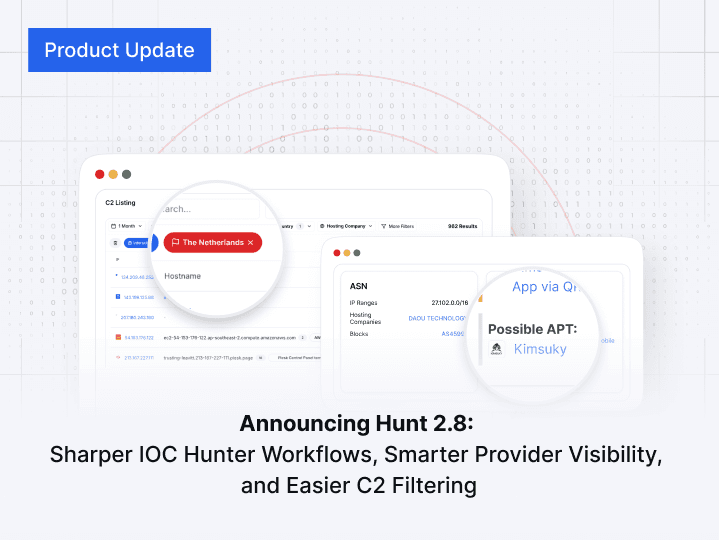
HookBot Fork is a modified version of the HookBot Android banking Trojan, designed to steal sensitive financial data through overlay attacks, keystroke logging, and SMS interception. Derived from the Ermac malware family, this fork introduces enhanced capabilities such as remote access and file manipulation, making it a significant threat to mobile users.
HookBot originated as a fork of the Ermac malware family, a well-known Android Trojan. The threat actor "DukeEugene" is credited with developing both Ermac and HookBot, leveraging their codebases to add advanced functionalities. HookBot Fork further builds on these foundations, introducing features that enable more comprehensive remote access and sophisticated data theft techniques, posing a heightened risk to users.
Distribution and Builder Tools
The widespread use of HookBot Fork has been facilitated by builder tools, allowing attackers to easily customize malware variants for specific campaigns. These tools are often sold on underground forums or shared through platforms like Telegram, enabling even less experienced attackers to deploy malicious applications. The malware is typically distributed via phishing campaigns or bundled within apps masquerading as legitimate tools from trusted brands.
Capabilities and Impact
HookBot Fork employs overlay attacks to deceive users, presenting fake login screens that mimic popular banking and cryptocurrency apps. It captures user credentials, intercepts SMS-based two-factor authentication codes, and can even automate malicious actions using Android accessibility permissions. Additionally, the malware's worm-like behavior enables it to propagate via messaging apps such as WhatsApp, further expanding its reach.
Educate users to install apps only from official app stores and avoid sideloading unverified applications.
Deploy mobile security solutions to detect and block overlay attacks and unauthorized activities.
Regularly update and patch Android operating systems and apps to address vulnerabilities.
Monitor network traffic for suspicious behavior, such as unauthorized outgoing messages or connections to malicious servers.



